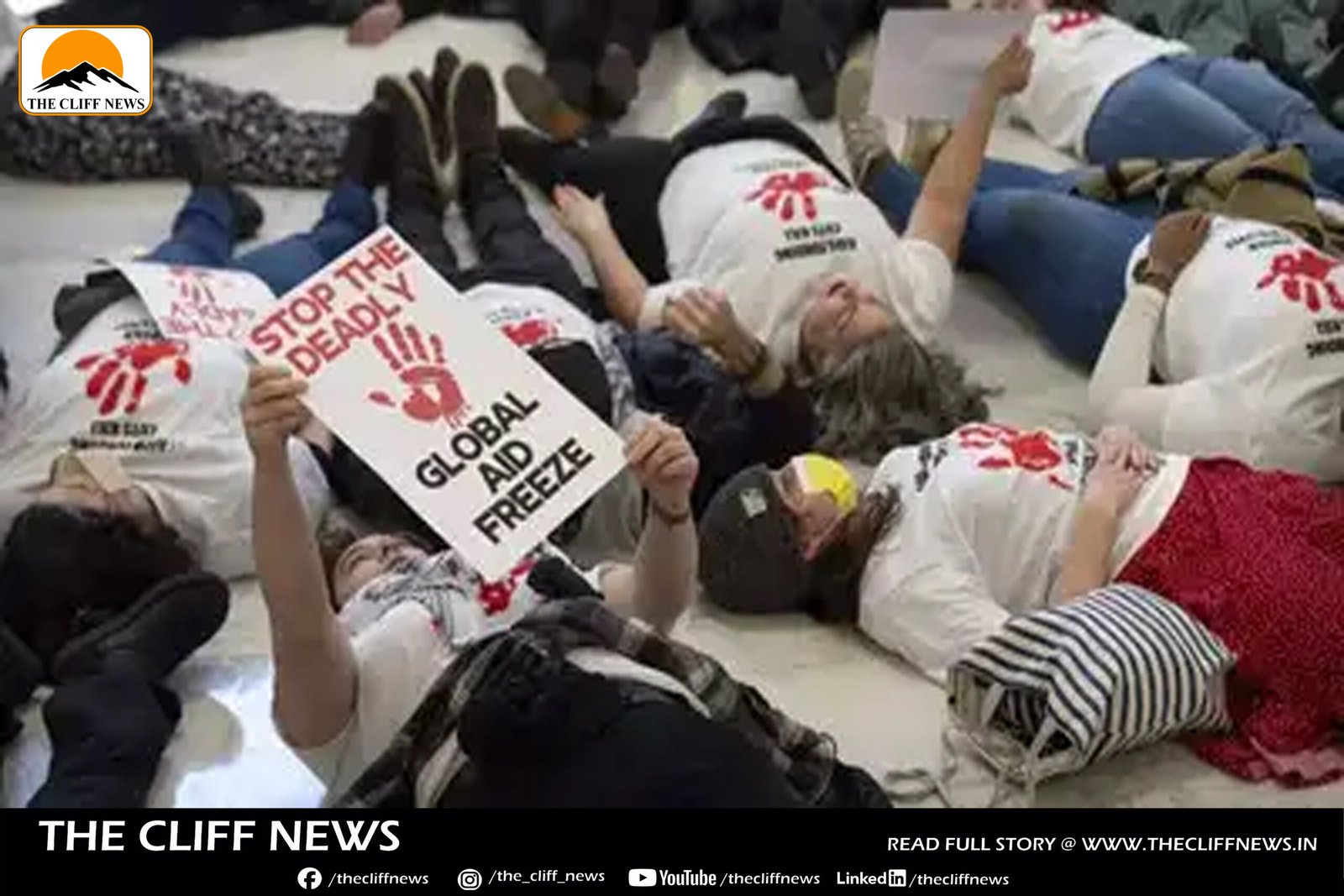In early 2025, the international fight against HIV/AIDS was dealt a major blow following the United States’ decision to pause all foreign development assistance for 90 days, including critical funding for HIV prevention and treatment programs. The decision has triggered alarm among health experts and humanitarian organizations, fearing that decades of hard-earned progress may rapidly unravel.
❓ What is HIV/AIDS?
HIV (Human Immunodeficiency Virus) weakens the body’s immune system by attacking infection-fighting cells. If untreated, it progresses to AIDS (Acquired Immunodeficiency Syndrome), a potentially fatal condition marked by extreme immune deficiency. Symptoms range from flu-like signs in the early phase to weight loss, persistent fever, fatigue, and life-threatening infections in advanced stages.
- No cure exists for HIV/AIDS.
- Antiretroviral therapy (ART) can slow the virus’s progression, reduce transmission risk, and prolong life.
- Vaccines are still under development and have not yet proven effective.
🇺🇸 The Role of US Aid in the HIV Response
For over 20 years, the US government, chiefly through the President’s Emergency Plan for AIDS Relief (PEPFAR), has been a global leader in HIV/AIDS relief. In 2024 alone:
- Over 83 million people in 55 low- and middle-income countries received critical services.
- Support included HIV testing, PrEP (Pre-Exposure Prophylaxis), and ART (Antiretroviral Therapy).
PEPFAR has helped prevent millions of deaths and curbed the spread of HIV in high-burden regions, particularly in East and Southern Africa.
🚨 Immediate Consequences of the US Aid Pause
The suspension of funding has already led to severe disruptions, especially in:
- Malawi, where HIV centers have closed, and service capacity has been slashed.
- Zimbabwe and Mozambique, where testing and ART access have dropped.
- Burundi, where several projects were suspended, cutting off care for thousands.
In Eswatini, reduced testing and staff shortages have impacted efforts to identify and treat new cases promptly.
⚠️ The Human Toll
According to UNAIDS, if US aid isn’t restored swiftly:
- Up to 8.7 million new HIV infections could occur by 2029.
- As many as 6.3 million AIDS-related deaths could follow.
- That’s a tenfold increase compared to the 600,000 deaths recorded globally in 2023.
🧑🤝🧑 Community Efforts and Global Support
Local governments and NGOs are attempting to fill the vacuum, but limited budgets and staff have stifled efforts. International partners are stepping in:
- Gilead Sciences and the Global Fund will distribute the new prevention drug lenacapavir to 2 million people in low-income countries over the next three years.
Still, such efforts cannot fully replace the scale and scope of PEPFAR.
🔍 Looking Ahead
The global HIV/AIDS fight is at a crossroads. The US pause on aid has exposed the fragility of global health systems’ reliance on a single major donor. While alternative funding is welcome, sustained US support remains irreplaceable.
The international community must act quickly to:
- Reinstate proven programs like PEPFAR,
- Secure long-term funding commitments,
- Ensure millions at risk are not left behind.
The setbacks of 2025 could reverse 20 years of progress—unless decisive global action is taken now.



